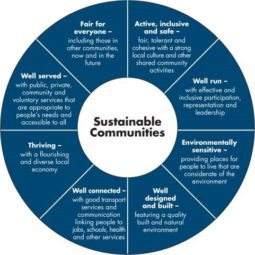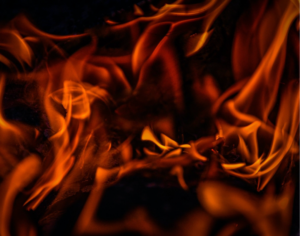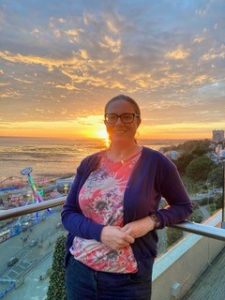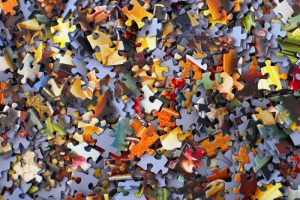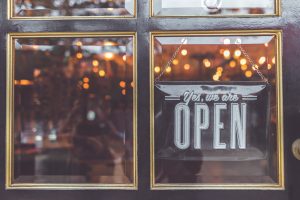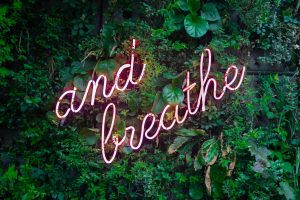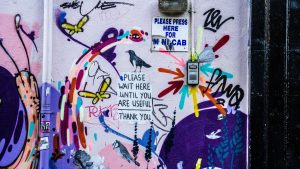
The theme centres on the idea and questions of belonging. What belongs to whom, what is the role of place, and in a global context what is the nature of planet and to what extent is it a contributor in the conversation rather than a topic of the conversation.
When belonging is mentioned I think of Will Schutz, one of the influencers of my work. He studied groups and saw three key phases for relationship. For him it all begins with belonging or inclusion, before shifting healthily towards control and power questions, and then being able to be truly open to others.
The belonging phase is all about the extent to which we can affiliate with people. Choosing at different times to be either alone or to work in community, driven neither to pull away nor to be the constant networker desperate to be included. Being able to have time alone seems as essential a skill as building and maintaining relationship to develop what is the effective capital of collaboration, as core to an organisation’s life blood as intellectual and financial capital.
A dozen years ago when the GRLI was forming, the Egan Review into sustainable communities was published, identifying seven essential elements.
One of the seven echoes the theme of belonging and inclusivity. Only a few miles from where I live, there is a ‘new community’ created in 1904 by Joseph Rowntree, New Earswick. This is a place where I used to run summer schools for young people in my early twenties.
In a study by Michael Young (2009), quoted by Future Communities, three elements were highlighted that make a place a community:
- length of residence: “many people have lived there long enough to put down roots.”
- a place with a character of its own: it’s distinguishable from its surroundings. “The way the trees are planted, the way the houses are built, give it an individual character”; it is a “place you can belong to because it is different.”
- people who share a common history: Young related how no less than six people told him how long ago ‘old Sam Davis the chemist’ started the first bus service: “Their faces lighted up as they recalled the ‘yellow Peril’ as they called it… This shared tradition, the shared knowledge of old experiences, or old stories of experiences handed down, is one of the intangible things which make people feel they belong somewhere.”
Recently Google researched what made their own teams really effective. By far the highest indicator was a reflection of what is perhaps at the heart of this sense of belonging. They named it psychological safety. A state that aligns with this sense of trusted place, the capacity of the group to allow and give attention to each other without diminishing or feeling at risk if mistakes are made, and therefore more likely to harness the power of diverse ideas.
I know from working with senior and decision-making teams that shared understanding of each other’s backgrounds, contributions and differences, enables them to cope with much higher levels of conflict. This results in positive creative tension rather than pussyfooting about and swinging between fixed positions.
Curiously over the life of the GRLI I have seen it develop its community in a virtual place. A safe space across place, and in doing so enabling sustainable connection and action. Throughout partner involvement has ebbed and flowed, yet it is testament to the GRLI community across place that the self-organising system of partners has thrived, and the whole ‘do tank’ offers a positive organic quality that is unmanageable and unpredictable. It is a living system. Whilst it has a question or purpose that speaks to enough of us it sustains a dynamic life forever on the edge. It is on the edge that the updrafts can allow us to fly, and where timing and risk is everything.
Twelve years on, with its own biography, it is in the process of living as a global community that is owned by no one, is self-generating, has roots, has its stories and memories that connect the people involved through shared moments and history, and seeks to be unique in how it goes about its purpose. Such a global village of change agents is perhaps destined to be always fragile. It needs gentle and tenacious attention, and calls out to be nurtured whilst at the same time providing a safe haven and potent flywheel (if that isn’t mixing the metaphors too much) for emergent practice and scaling activity.
At this stage in the 2016 GRLI gathering there are initiatives that are powerfully emerging and some that are defiantly continuing, others that will die or disappear in a haze of hope, some are individual partner projects, others are creative clusters of contributions, and perhaps one or two will capture the imagination and commitment of us all. Our planet, the peoples who inhabit it, and the ecosystems that are sustained by it, have many similarities to our micro-system of the GRLI – we may not be the force to save the world, but finding what is our common ground may help us change our corners of it for the common good.

